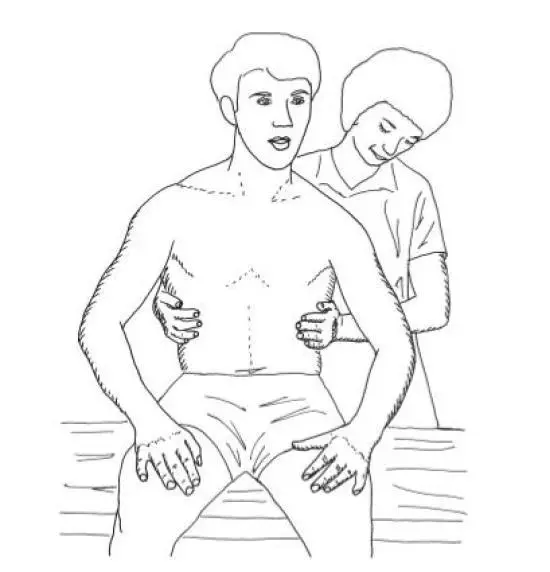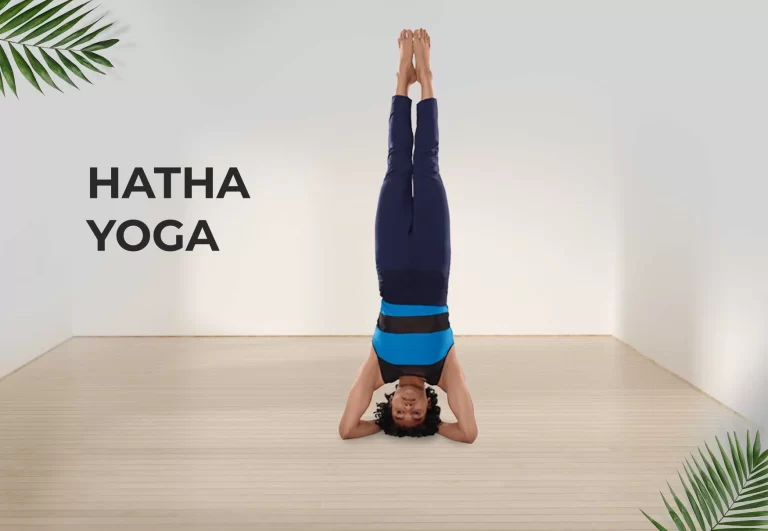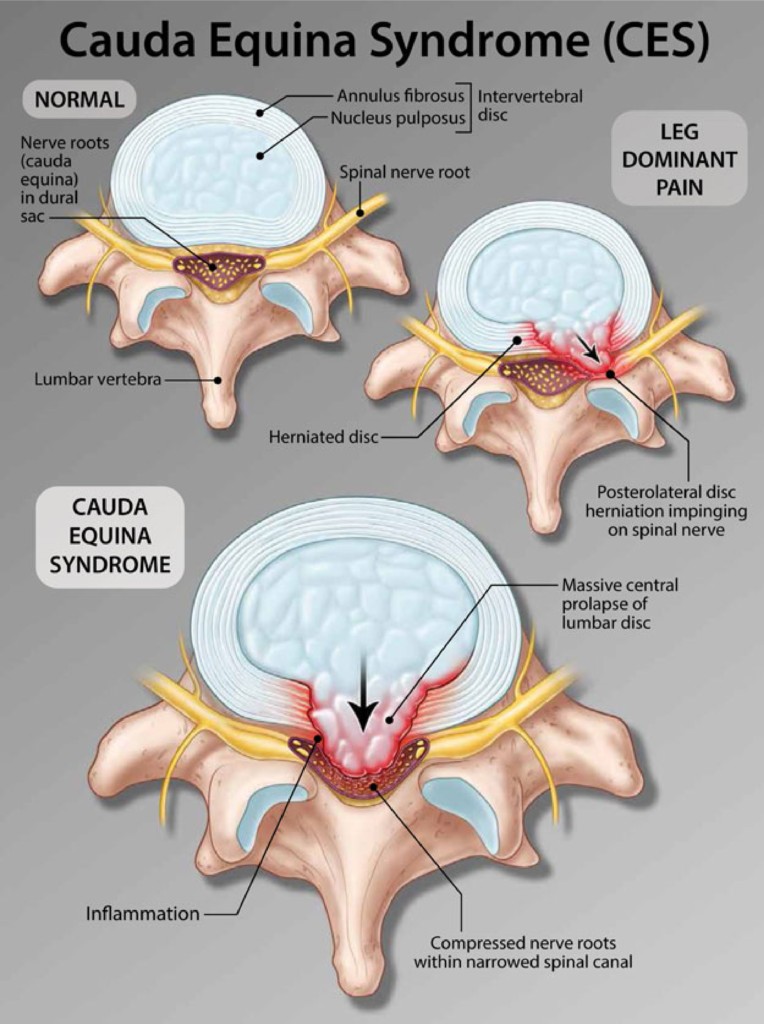How Can Cardiovascular Exercises Improve Your Health?
Exercise that raises your heart rate is referred to as cardiovascular exercise. Cardio has additional advantages, though some people only utilize it to lose weight. Although there are many different types of cardiovascular exercises, the most crucial elements for achieving your fitness objectives are consistency, length, and intensity.
Continue reading to find out more about this kind of exercise, its benefits, and how to design a cardiovascular regimen that is both secure and efficient.
Table of Contents
What Is Cardio?
Cardio exercise is any type of motion that elevates your heart rate into your target heart rate range. It is also commonly referred to as a workout. This is the place where you burn the most fat and calories. Cardio depends on your body’s capacity to consume oxygen during the workout, which is one of the things that separate it from other forms of exercise like weight training.
Many variables can influence a person’s cardiovascular ability or capacity. According to research from the American Heart Association (AHA), heredity can influence one’s cardio-functional abilities by 20% to 40%.In addition, the cardiac capacity of both sexes tends to decrease with age, with females typically having a 25% lower capacity than males.
This is not to suggest that you cannot improve your cardiovascular health despite your age, sex, or genetic makeup. However, being aware of the various variables that may affect how (and how effectively) your body reacts to cardiovascular exercise is helpful.
A Brief Overview of Cardio
If you wish to observe health benefits, it is advised by medical experts that you engage in regular aerobic exercise. One should aim for 1.25 hours (75 minutes) of intense exercise or 2.5 hours (150 minutes) of moderate-intensity cardio each week as a general suggestion. This equates to two rest days each week and about 30 minutes of cardio per day.
Combining weight training with a cardio exercise program may help you burn fat while gaining muscle. You don’t have to perform a high-impact workout like running to get cardiac exercise if you have issues with lower body pain, such as knee pain. Alternatively, you can achieve the same results by engaging in low-impact activities like swimming.
Benefits of Cardio
Many short-term hobbies offer the same advantages to your mental and physical health as cardiovascular exercise. Known benefits of cardiovascular exercise include:
- Burns calories and fat, which facilitates weight loss
- Improves the quality of sleep, particularly when engaging in moderate-to-intense exercise
- Increases lung capacity, or the capacity of your lungs to hold air
- Improves your sexual life by raising your body’s arousal threshold, enhancing your self-image, and possibly even aiding in the treatment of medication-induced sex issues
- Improves bone density when weight-bearing aerobic activities like hiking and stair climbing are performed
- Lowers stress, partly by strengthening your capacity to deal with problems in a positive way
- Increases happiness and could even help in the relief of sadness and nervousness
- Improves self-confidence in one’s appearance and attitude
- Increases risk of diabetes, high blood pressure, high cholesterol, heart attacks, and several types of cancer
- Inspire people to exercise with you by setting a positive example for them
- It makes the heart stronger so that flowing blood doesn’t require as much effort
How to Choose Cardio Exercise
- To select the best cardio exercise for you, you must first determine the types of activities you choose.
- Consider what best suits your personality and what you would feel at ease putting into your daily routine.
- This is important since you won’t be as committed to the activity over time if you don’t enjoy it.
- If you enjoy being outdoors, walking, cycling, and jogging are all great choices.
- If you would rather work out at a gym, there are plenty of options available to you, like the pool, climbers, elliptical trainers, rowing machines, treadmills, and stationary bikes.
- Do you want to raise your heart rate in your own home? Cardio exercises that you may perform at home include burpees, jogging stationary, jumping rope, and jumping jacks.
- Getting an exercise machine or machine of your own is an additional choice.
- You may also think about utilizing:
Exercise DVDs, Youtube
Fitness apps
Online workouts
- Sometimes you have no idea what you enjoy already.
- Try a variety of things in this situation to determine which one or which ones you enjoy the best.
- It might be a hit-or-miss procedure, so don’t be afraid to experiment and try something different if it doesn’t work out.
- For example, you may discover that working out with bags provides a full-body exercise with just one piece of equipment.
Beginner Workouts
There are a few basic workouts that can get you started if you’ve never worked out before. Among them are:
Cardio for Absolute Beginners: With this program, you can select any device or task that you feel comfortable using.
Elliptical Workout for Beginners: The elliptical is a fantastic low-impact strength-training tool that is gentler on your joints.
Stationary Bike Workout for Beginners: If you’re looking for a low-impact workout, try this 20-minute indoor cycling session.
An alternative would be to begin with ten to twenty minutes of moderately difficult, quick walking. On a perceived activity scale of zero to 10, where sitting is zero and the maximum amount of effort conceivable is 10, you should therefore be at a Level 5 or 6.
How Long Should a Cardio Workout Last?
- It is suggested by health officials that most adults engage in 150 minutes of weekly cardiovascular activity.
- Cardio exercise has the benefit of not requiring an hour-long workout to reap its benefits.
- You can count even 10-minute sessions towards your weekly total of cardio activity minutes.
- Decide how much work you need to perform each week and divide it up, however, it makes the most sense for you.
- If you arrange your sessions into 10- to 15-minute blocks, it could feel less daunting if you are just getting started.
- As the workout gets simpler, extend the duration by five minutes.
- Increase the length of your sessions to 30 to 60 minutes.
Frequency of Cardio Workouts
- How often one should engage in cardiovascular exercise depends on several aspects.
- Your physical fitness level, schedule, and objectives are a few of them.
- A little daily exercise can be helpful if you are new to the sport, want to improve your health, don’t have much spare time, and aren’t concerned about losing weight.
- For those who have been working out regularly for years, are accustomed to spending 60 minutes at the gym, and prioritize muscle growth over fat loss, performing cardiovascular exercises three to four times a week is likely enough.
- Strength should be taken into account in addition to frequency.
- Cardio exercises of mild to moderate intensity can often be done on a daily basis.
- High-intensity exercise, however, needs additional rest days between training sessions.
- Combining the two prevents burnout and facilitates the operation of various energy systems.
Guidelines for Cardio Frequency
Your schedule and degree of fitness will determine how often you work out. The fundamental rules are as follows:
- For general health, Try moderately intense cardiovascular exercise. 30 minutes a day, for 5 days a week, or 20 minutes a day, for 3 days a week, of really intensive cardiac exercise. Or you could try a combination.
- For weight loss and/or to avoid, If you’re regaining weight, you might need to exceed 300 minutes a week of moderate-intensity exercise to reach your objectives.
- To maintain a healthy body weight, Every week, you should engage in 150–300 minutes of moderate-intensity exercise.
When Life Gets in the Way
What happens if you are unable to stick to the guidelines? It could take a few weeks to gradually increase your workout frequency if you’re still focusing on improving your conditioning and endurance. Try your best to work out as many days as you can, even if there are other barriers like a busy schedule getting in the way. To maximize the time you do have, try doing circuit training routines that are shorter but more intensive. Try these brief exercise routines:
10-Minute Low-Impact Cardio Workout: A low-impact exercise that uses your own body weight as resistance and doesn’t require any other equipment
Burn 100 Calories in 10 Minutes: Having six exercise options keeps things fresh.
Keep in mind that you can struggle to achieve your goals for losing weight if your busy schedule prevents you from adhering to the recommendations. You might need to alter your way of life if you are unable to put in the work it takes to achieve your goals. Alter your objective to reflect where you are at in your fitness or weight loss journey if that doesn’t work.
Cardio Exercise Intensity
You can work on improving your intensity if you are up to 30 minutes of continuous activity and have become accustomed to exercising. Your level of effort matters in your workout because:
- Calorie burn: Your calorie burn is directly correlated with intensity.
- Ease of monitoring: It is simple to keep track of your exercise intensity with a heart rate monitor or a perceived effort scale.
- Time savings: When you’re pressed for time, increasing your intensity helps you burn more calories.
- Variation: Changing the intensity of your workout doesn’t require you to start a new routine.
You may mix strength training with cardio workouts with adjustable kettlebells, and you can also change up the intensity of each exercise.
How Hard Should You Work?
Your fitness level and goals are two of the many factors that determine the ideal exercise effort level for you. You can concentrate on three distinct levels of intensity during your workouts, and you can even combine all three levels into one session:
- High-Intensity Cardio: This is equal to a 7 to 8 on the perceived exertion scale, or between 70% and 85% of your maximum heart rate (MHR). This is a difficult level that leaves you gasping for air. Try novice interval training if you’re just starting to work harder for shorter periods.
- Moderate-Intensity Cardio: Between 50% and 70% of your maximum heart rate (a level 5 or 6 on the perceived exertion scale) is considered moderate in intensity. In its Physical Activity Guidelines, the U.S. Department of Health and Human Services regularly recommends this degree of intensity. Generally speaking, you should aim to reach this level when working out.
- Low-Intensity Cardio: On the perceived exertion scale, this kind of activity is regarded as being between a level 3 and a level 4 below 50% of your maximum heart rate. Working at this level throughout your warm-ups and when you fit in other exercises during the day, like walking, is a smart idea.
Remember that the target heart rate computation is not perfect. To select a range that works for you, you may wish to utilize your heart rate and perceived exertion together.
Cardio for Weight Loss
- The majority of people should engage in 150 minutes of moderate-intensity physical activity per week, according to the Physical Activity Guidelines for Americans, but more exercise is frequently required to reduce weight.
- You may need at least 300 minutes every week if you wish to drop more than 5 percent of your body weight.
- According to these suggestions, any activity that raises your heart rate qualifies as moderate-intensity exercise.
- But they also show that, for overweight or obese individuals, high-intensity interval training frequently yields superior outcomes.
- You might also benefit from including weight training in your weekly cardio.
- Your lean muscle mass will increase as a result of it.
- Your body uses more energy when it has muscle, so you burn more calories while you’re not active or at rest.
- You can increase your rate of weight loss through the combination of a nutritious diet with aerobic exercise.
- Eating fruits, vegetables, grains, lean meats, low-fat dairy, and healthy oils is advised by the Dietary Guidelines for Americans, while having less alcohol, added sugar, saturated fat, and sodium.
How to Work Out Safely and Avoid Injury
Before starting an exercise program, speak with your doctor if you have any past or current medical conditions. For an exercise program to be safe and effective, proper technique is crucial, but depending on your specific demands, you might need to adjust each exercise to get the best results. Always choose a weight that will enable you to maintain complete control over your body during the exercise.
When engaging in any workout, be mindful of your body’s needs and stop right away if you experience any pain or discomfort. Include correct warm-ups, rest, and nutrition in your training program to observe ongoing growth and build body strength.
In the end, how well you recover from your workouts will determine how well you perform. To ensure adequate recuperation, give yourself a 24- to 48-hour rest before working out the same muscle groups again.
Conclusion
When beginning this exercise program or any other, speak with your doctor. Verify if performing the workout is safe for you. And pay attention to your body. If it indicates that you are exercising too much, it’s time to cut back on the volume, frequency, or intensity of your workouts.
Whatever you do, don’t forget to keep your aerobic training easy. Even if it’s just a five-minute walk, set a goal to accomplish something every day. Just start someplace. Try scheduling it on your calendar for the same time each day. It becomes easier with more experience.
FAQ
Engaging in such physical exercise gradually tests your most important internal organs and enhances the operation of your heart, lungs, and circulatory system. Numerous elements of health, such as heart health, metabolism, mood, mental health, and sleep, are enhanced by cardio exercise.
Exercise that is cardiovascular sometimes referred to as aerobic or cardio, is vital for overall health. Your blood circulates more quickly when your heart rate rises. This maintains the health of your heart and lungs by distributing more oxygen throughout your body.
Experts previously told Insider that most cardio exercise doesn’t promote hypertrophy (muscle growth) as well as resistance training since it usually entails a continuous effort over time as opposed to shorter, intense bursts of labor.
You might question, “Is walking cardio?” as you associate running with all of that intense physical exertion. The truth is that aerobic or cardio exercise can be defined as any activity that increases heart and lung activity as well as the activity of big muscle groups. All those benefits come from a vigorous stroll.
The final result. For most people, a daily 30-minute cardio workout is a safe activity. On the other hand, chronic illness sufferers might not be able to engage in as much cardiovascular exercise. Nonetheless, it’s crucial to make an effort to be as active as you can.
References
- Cpt, P. W. (2022, November 27). Everything You Need to Know About Cardio. Verywell Fit. https://www.verywellfit.com/everything-you-need-to-know-about-cardio-1229553
- What Is Cardio? 12 Types of Cardio Exercises. (2021, August 5). Master Class. Retrieved January 23, 2024, from https://www.masterclass.com/articles/what-is-cardio






